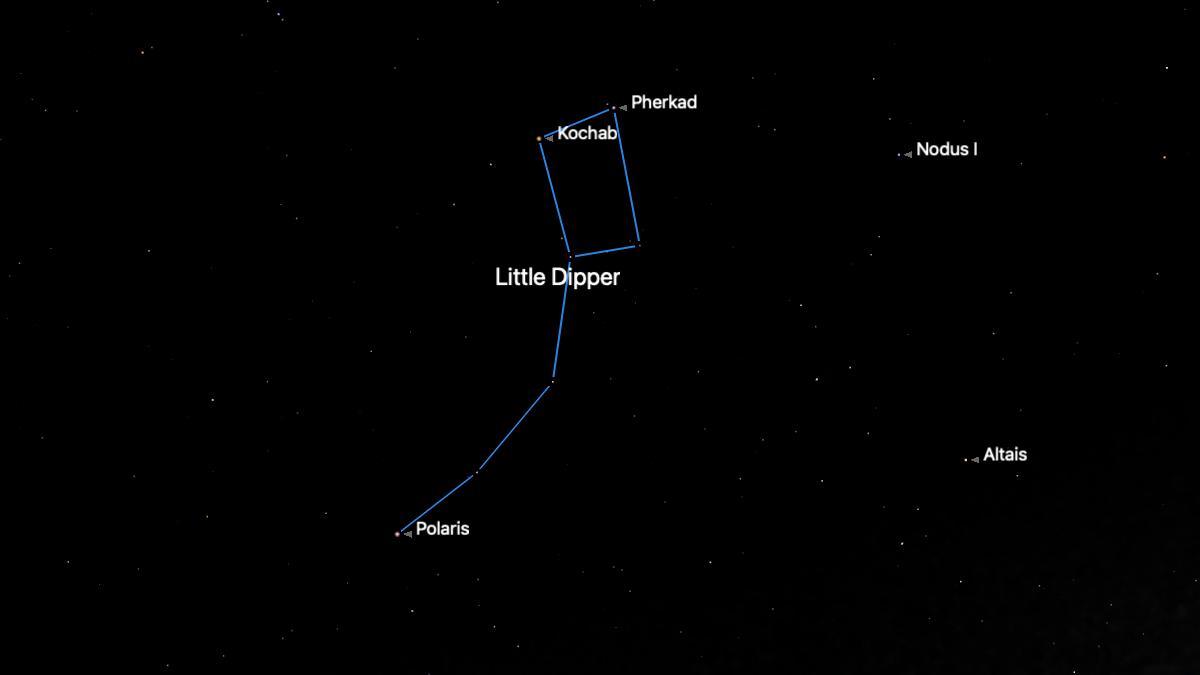Has Polaris always been the North Star? How Earth's 26,000 year cycle changes the 'pole star'
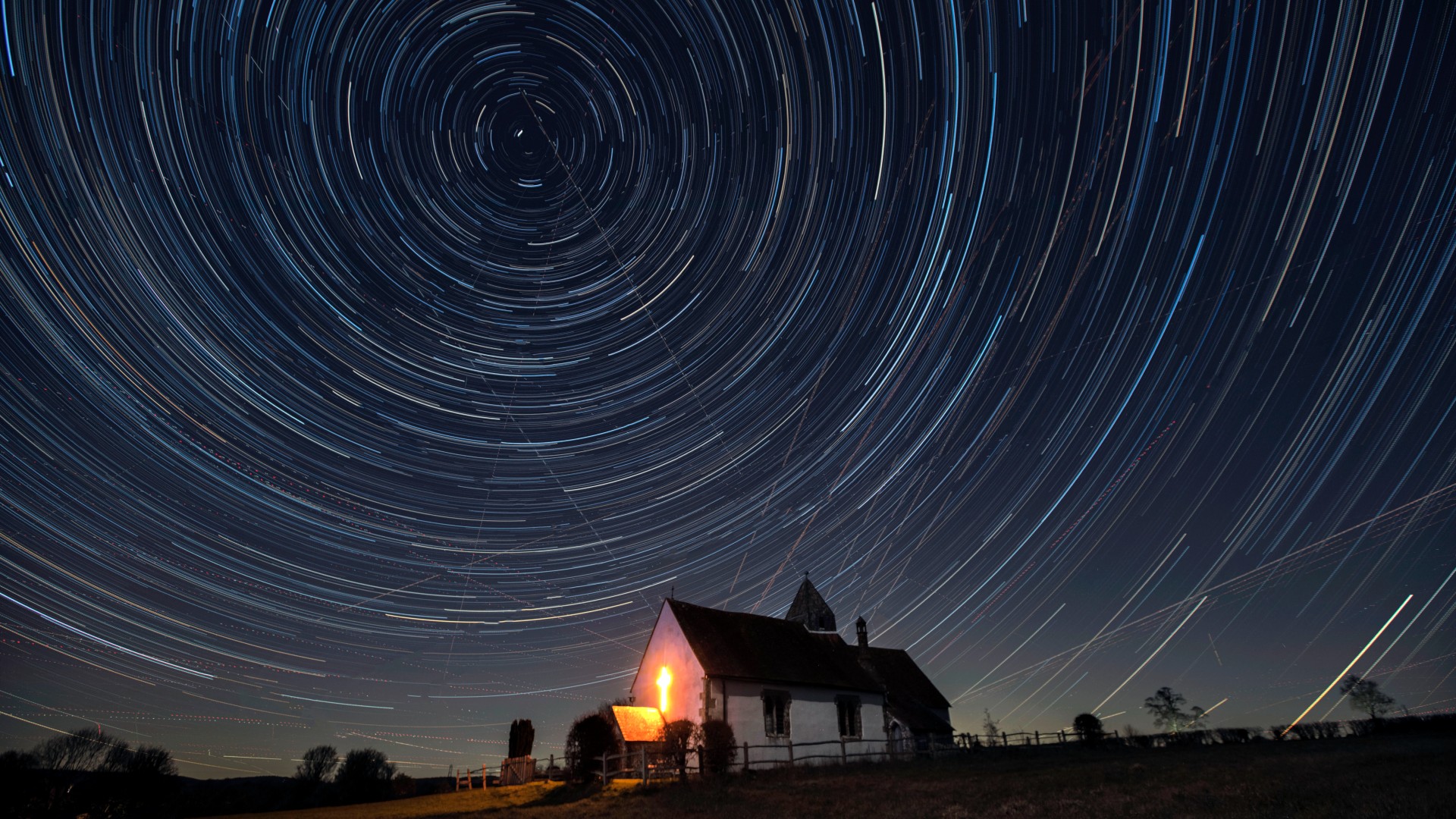
Polaris, also known as the 'Pole Star' or 'North Star', is arguably the most famous stellar body to hang in the western hemisphere's night sky. For centuries it has served as a vital waypoint for explorers navigating both Earth's physical oceans and the celestial starfield above.
Its apparent importance is reflected in the fact that the entire night sky appears to revolve around it. This happens because Polaris' location happens to be closely aligned with Earth's north rotational axis, which is known as the celestial pole when projected outwards into space. However, Polaris isn't the first North Star to shine down on humanity, nor will it be the last.
Earth is engaged in a constant gravitational tug of war with the moon and sun, which over time has created a bulge at our planet's equator, according to NASA. As a result, Earth's axis of rotation has developed a distinct wobble - known to scientists as axial precession - which sees the celestial pole trace a wide, lazy circle over a roughly 26,000 year period, coming close to several other prominent stars besides Polaris.
Read on to discover more about the past, present and future North Stars, including how to find them for yourself in the night sky in the northern hemisphere. Amateur stargazers new to the night sky may want to make use of our guide to the best stargazing apps available in 2025, many of which have free functionality, and make use of augmented reality tech to help you find Polaris and navigate the stars.
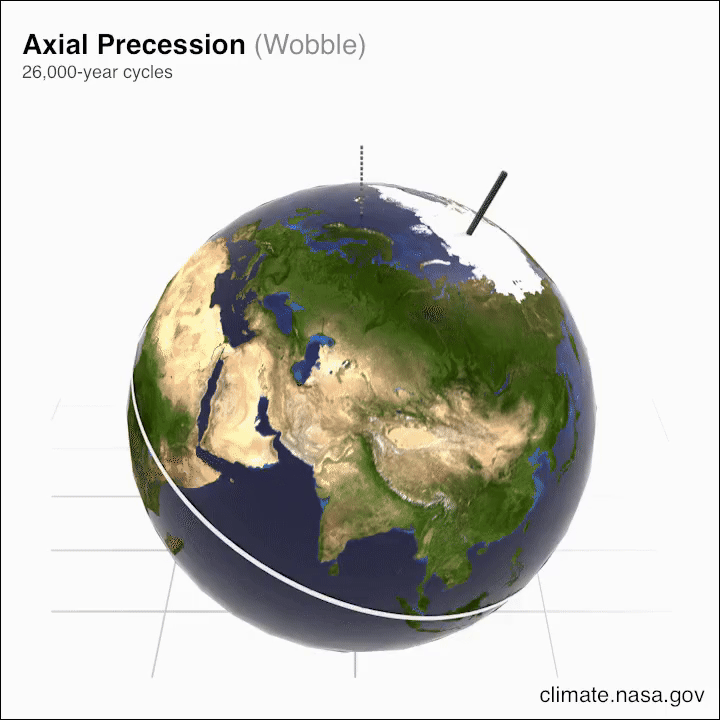
1 - Polaris - The current North Star
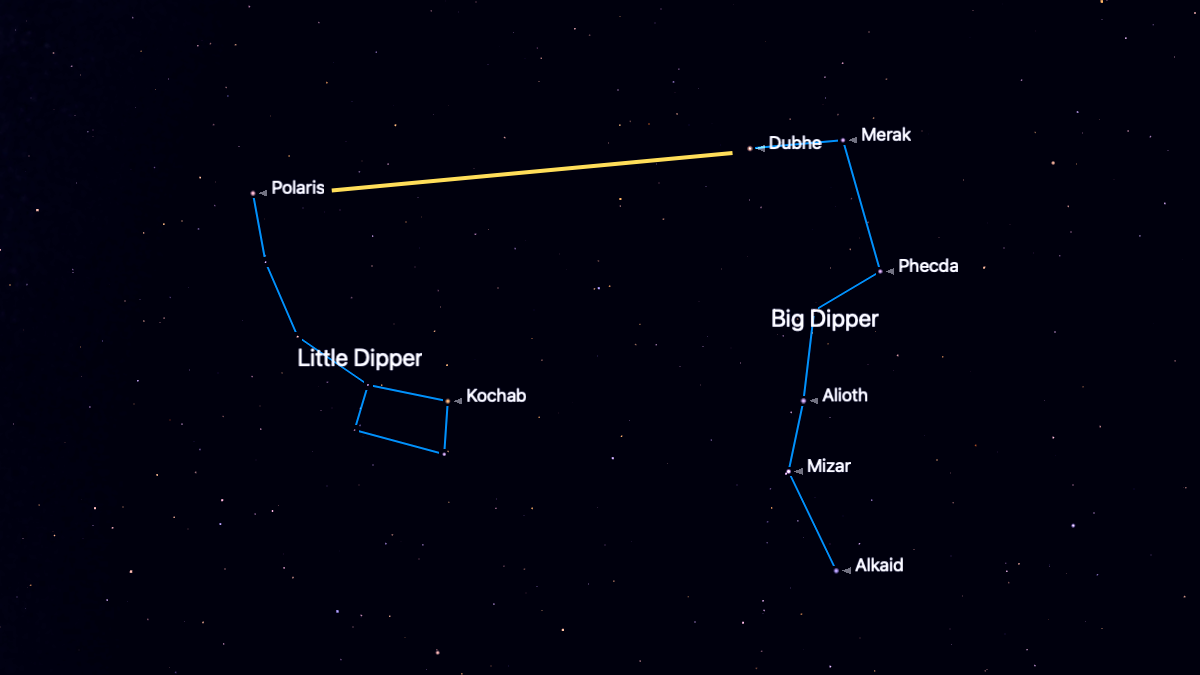
Polaris is the logical starting point for any North Star tour, given that it is the reigning title holder and a key waypoint for many attempting to find their way around the night sky. The current North Star can be found easily by locating the Big Dipper asterism in Ursa Minor, which is high overhead this time of year.
Draw an imaginary line from the magnitude 2.3 star Merak, which forms the outer base of the 'bowl', through Dubhe, the star positioned as the 'pouring tip' of the asterism. Follow that line outward and the next similarly bright star you find on this path will be Polaris.
This bright point of light is in fact a triple star system, though only two of the stars are visible through a backyard telescope. The largest of the stellar trio is a supergiant star that burns over 2,000 times brighter than our sun, according to NASA. Polaris will continue to be the pole star for a few thousand years to come, until Earth's rotational axis wanders inexorably away on its 26,000-year wobble.
Breaking space news, the latest updates on rocket launches, skywatching events and more!
2 - Thuban
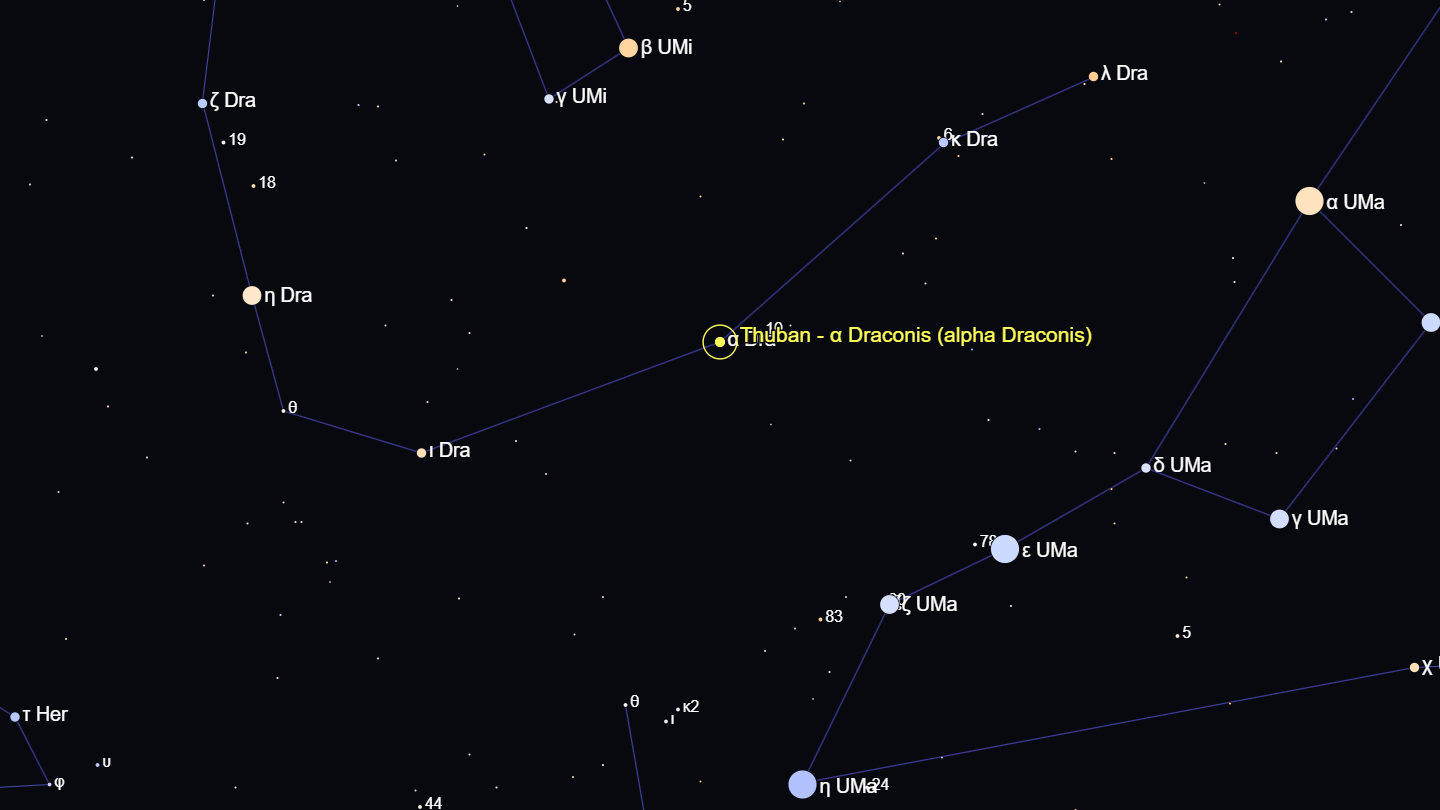
Jumping back in time, Thuban was positioned as a North Star some 4,700 years ago, as early civilizations thrived in Mesopotamia and Egypt, according to NASA. Thuban is located some 270 light-years from Earth in the constellation Draco - hence its official name of Alpha Draconis - and is comprised of a pair of stars known as an 'eclipsing binary.'
In 2020, a team of scientists revealed that these two ancient stars regularly eclipse one another over the course of their 51-day orbital period from the perspective of Earth, leading to periodic dips in brightness based on data from NASA's Transiting Exoplanet Survey Satellite.
A good way to find Thuban is to locate the bright stars Phecda and Megrez that form part of the 'bowl' of the famous Big Dipper asterism in the constellation Ursa Major, which is located high overhead at this time of year. Draw a line from Phecda through Megrez out into space continuing for twice the distance separating the two guide stars and you will find the patch of sky containing Thuban.
3 - Kochab and Pherkad - the 'Guardians of the Pole'.
Both Kochab and Pherkad were close to the celestial pole around 3,00 years ago, granting them the moniker of 'Guardians of the Pole', according to stargazing website EarthSky.org. Kochab came particularly close to the celestial pole between 1700 BCE-300 CE, and may even have been referred to as "Polaris" by some in antiquity, according to the University of Illinois Urbana-Champaign.
The stellar duo are particularly easy to find once you know the location of Polaris, as all three belong to the same constellation of Ursa Minor, or the 'Little Bear'. Ursa Minor boasts a pan-like outline featuring a 'bowl' and 'handle', with Polaris is located at the end of the handle, while Kochab and Pherkad form the outer edge of the 'bowl'.
Some archaeologists believe that the Ancient Egyptians may have orientated the Great Pyramids of Giza to face an alignment of the stars Kochab and Mizar - a star in the Big Dipper asterism - which were on opposite sides of the celestial pole around that era. However, there is contention as to which stars were used to orientate the pyramids - an important distinction as it has a direct bearing of our understanding of when exactly they were built, per the Instituto de Astrofísica de Canarias.
4 - Errai.
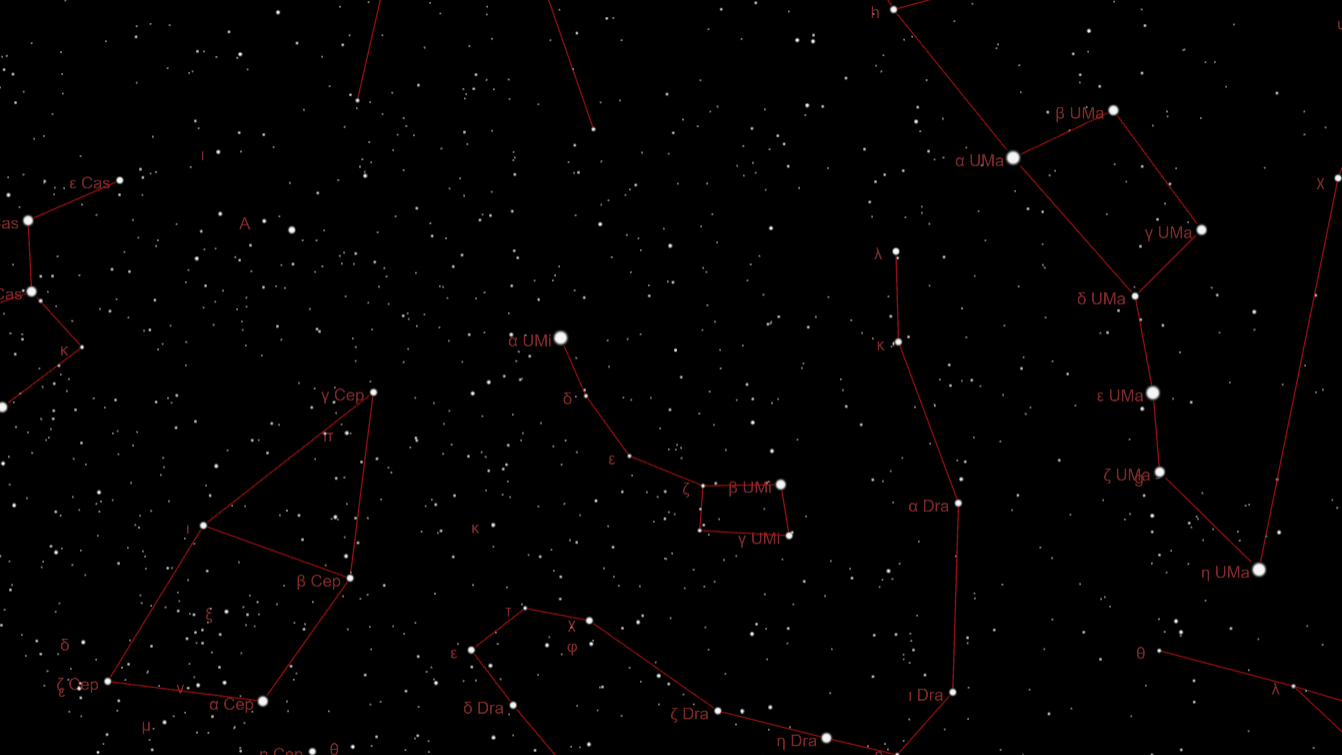
The K-type star Errai - or Gamma Cephei to give it its official name - is the first future North Star on our list. In just 2,200 years Errai will be situated a mere 3 degrees from the north celestial pole in the night sky, according to The University of Virginia, putting an end to Polaris reign.
Gamma Cephei is actually two stars, a binary star system located some 45 light-years from Earth in the constellation Cepheus. Its primary star plays host to a Jupiter-like gas giant, the discovery of which was first announced in 1988, before being swiftly withdrawn due to a lack of confidence in the data, according to NASA. Its existence was confirmed by a later study, and had it not been withdrawn, the planet - named Gamma Cephei A b would have been forever known as the first exoplanet ever discovered beyond our solar system.
Errai can be found using the same trick used to locate Polaris. Simply draw an imaginary line from Dubhe - the tip of the bowl in the Big Dipper asterism - through and past Polaris. The next bright star on that path will be Errai.
5 - Alderamin
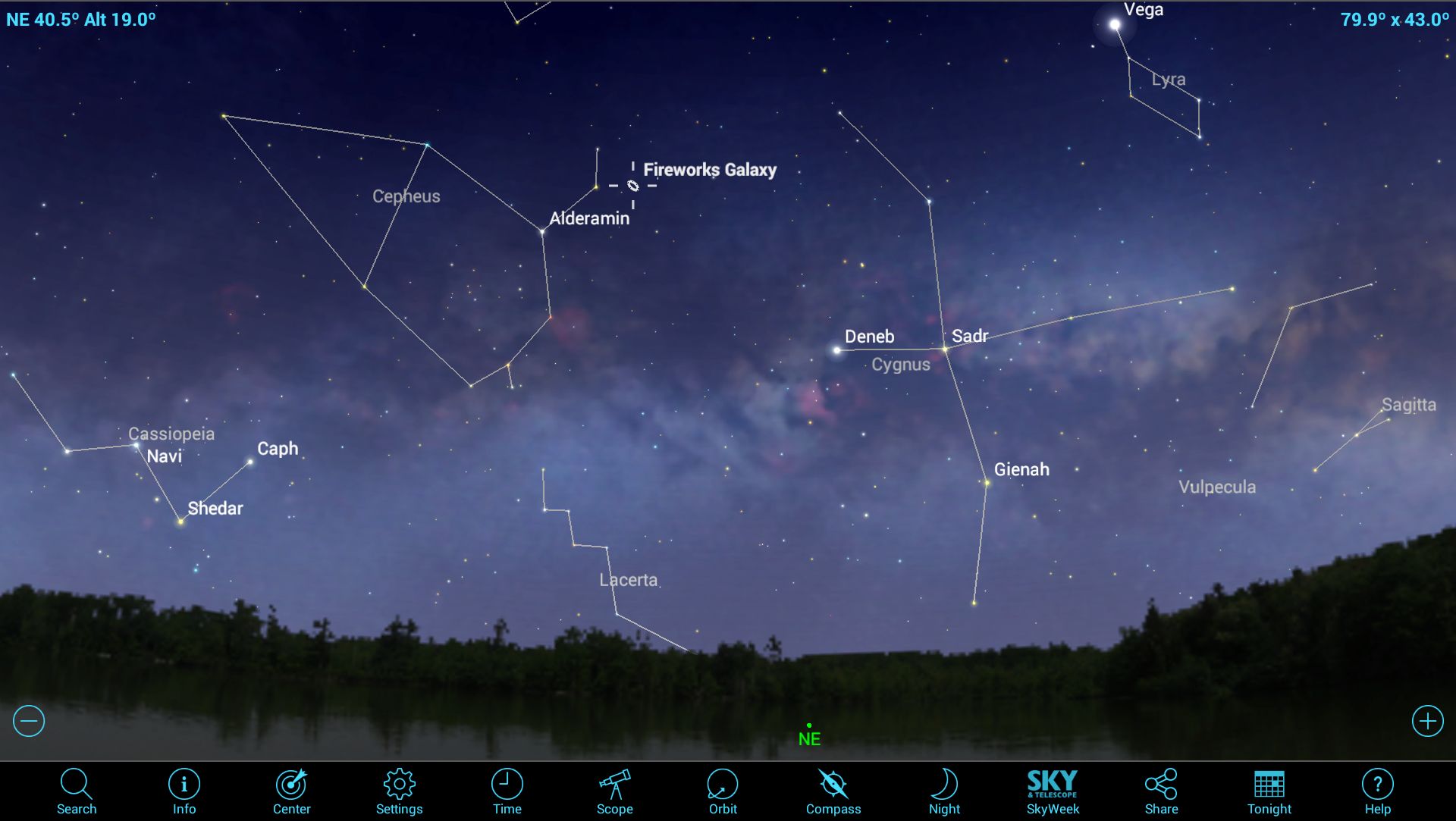
In around 5,000 years, Alderamin - another star in the constellation Cepheus - will be crowned the North Star, per the Royal Museums Greenwich website. Many observers have likened the five stars of Cepheus to a child's drawing of a house. Following that visualization, Errai marks the top of the roof, while the magnitude 1.5 star Alderamin forms the lower right foundation. It can be found by locating the stars Shedar and Caph in the 'W' shaped constellation Cassiopeia. Draw a line from Shedar through Caph and beyond, and Alderamin will be directly on this path.
6 - Deneb
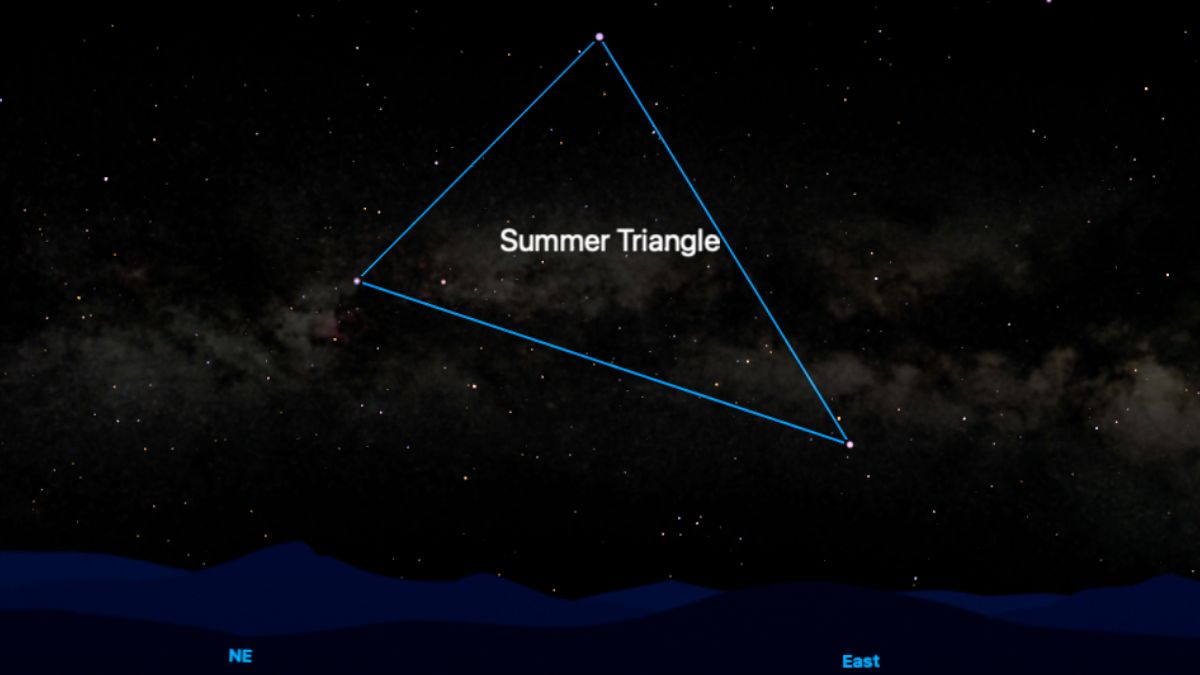
The magnitude 1.2 star Deneb passed close to the celestial north pole 18,000 years ago according to the University of Illinois Urbana-Champaign, and will again around the year 9,800 CE, at which point it will be around seven degrees from the pole.
To spot it, simply look to the Eastern sky after sunset during spring, where you will see the trio of bright stars that form the Summer Triangle asterism. Deneb will form the lower left point of the triangle relative to the horizon.
7 - Vega

The celestial north pole pointed to the bright star Vega some 14,000 years ago, at a time when our hunter-gathering ancestors roamed the Earth. NASA has estimated that Vega will become the north star once again in around 12,000 years from now, as Earth's rotational axis continues its lazy wobble through the stars.
Vega is one of the brightest stars in the northern hemisphere, whose claim to scientific fame came in 1984, when scientists discovered the first evidence of what turned out to be an almost 100-billion-mile-diameter disk of dusty planet-forming matter in orbit around the star. Vega is the fifth brightest star visible in the northern hemisphere. Vega forms the top point of the famous Summer Triangle.
Night sky lovers hoping to get a closer look at the night sky should check our guides for the best binoculars deals and the best telescope deals available in 2025. Our guides on the best cameras for astrophotography and best lenses for astrophotography can also help immortalize your stargazing sessions!
Editor's Note: If you would like to share your astrophotography with Space.com's readers, then please send your photo(s), comments, and your name and location to spacephotos@space.com.
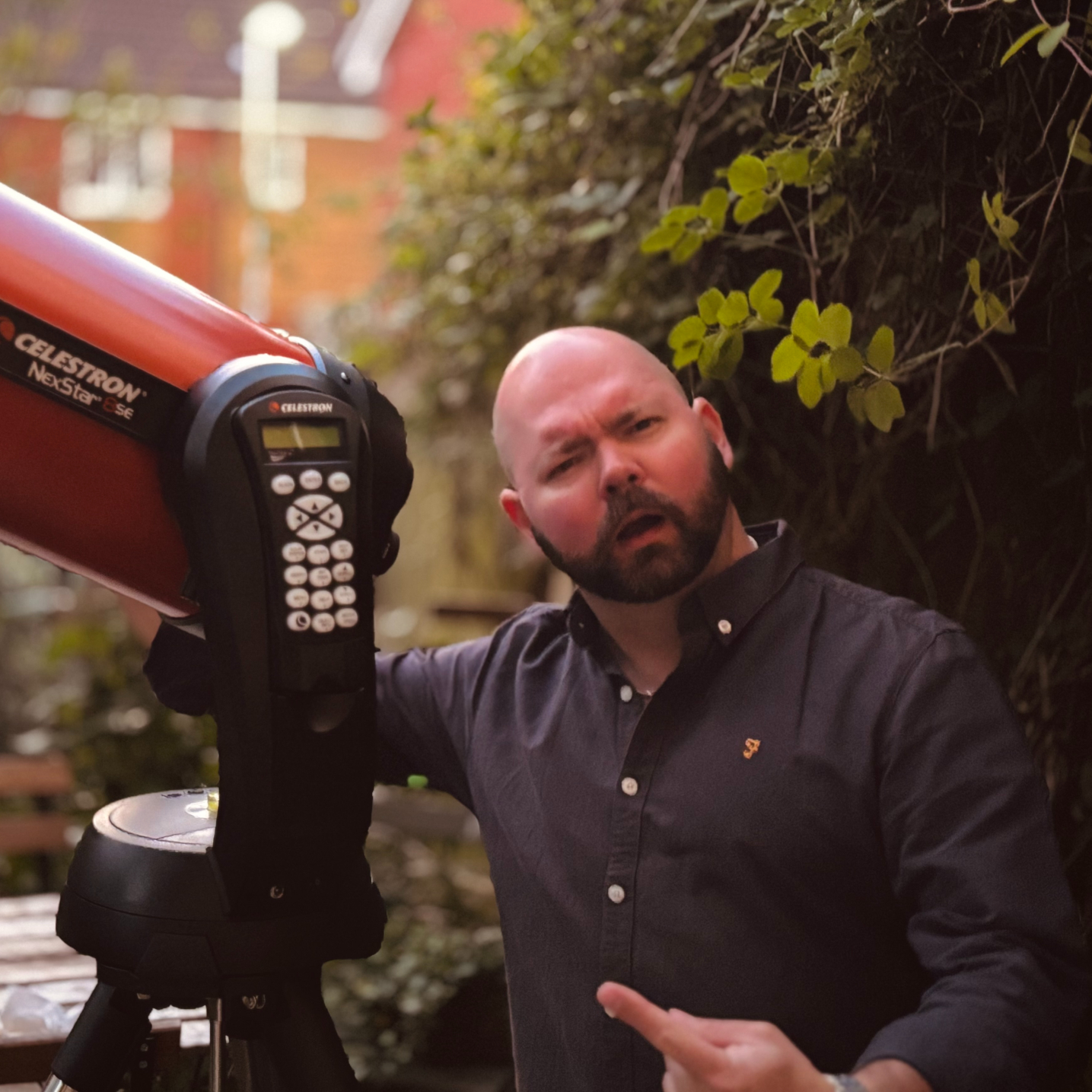
Anthony Wood joined Space.com in April 2025 after contributing articles to outlets including IGN, New Atlas and Gizmodo. He has a passion for the night sky, science, Hideo Kojima, and human space exploration, and can’t wait for the day when astronauts once again set foot on the moon.
You must confirm your public display name before commenting
Please logout and then login again, you will then be prompted to enter your display name.
